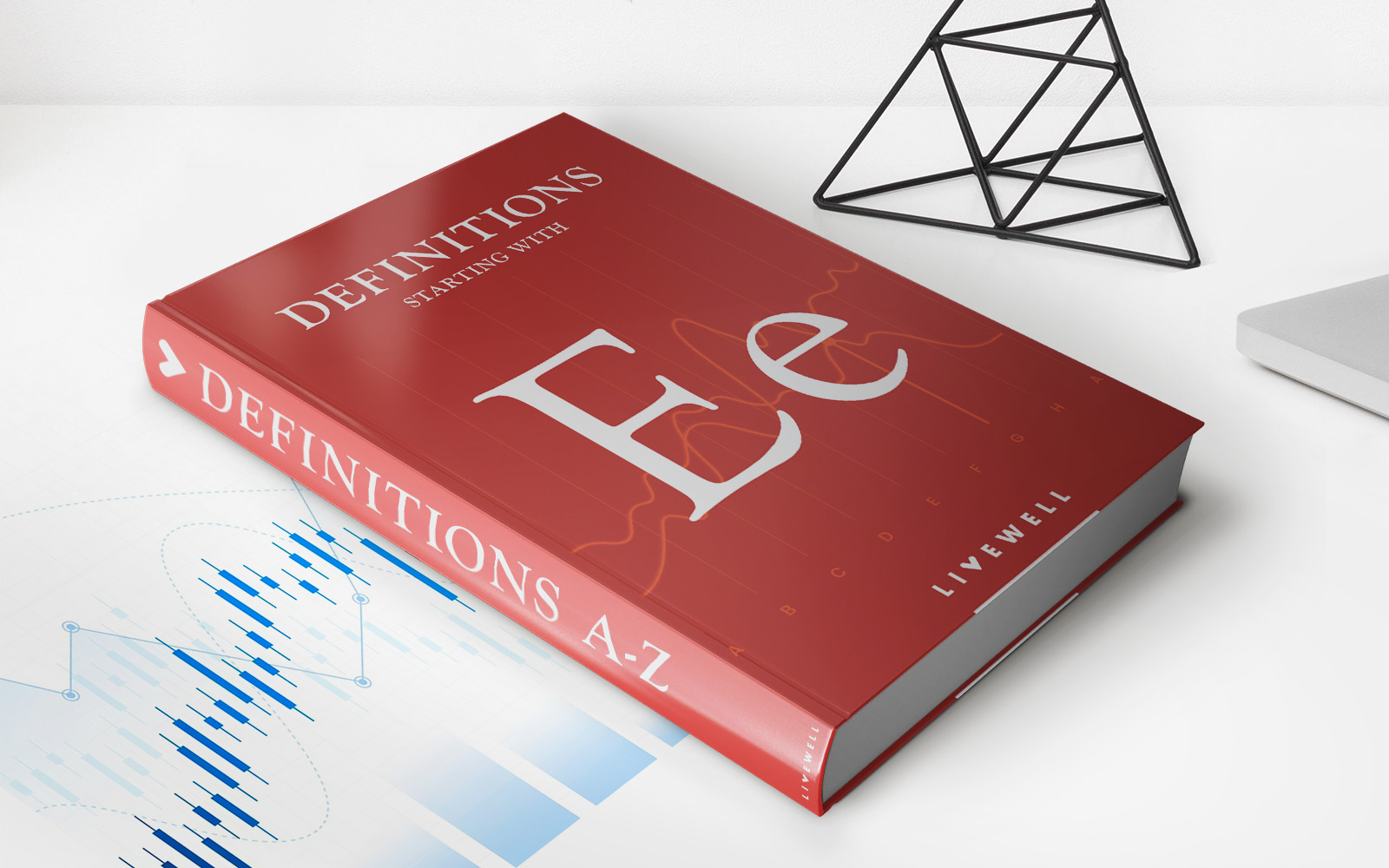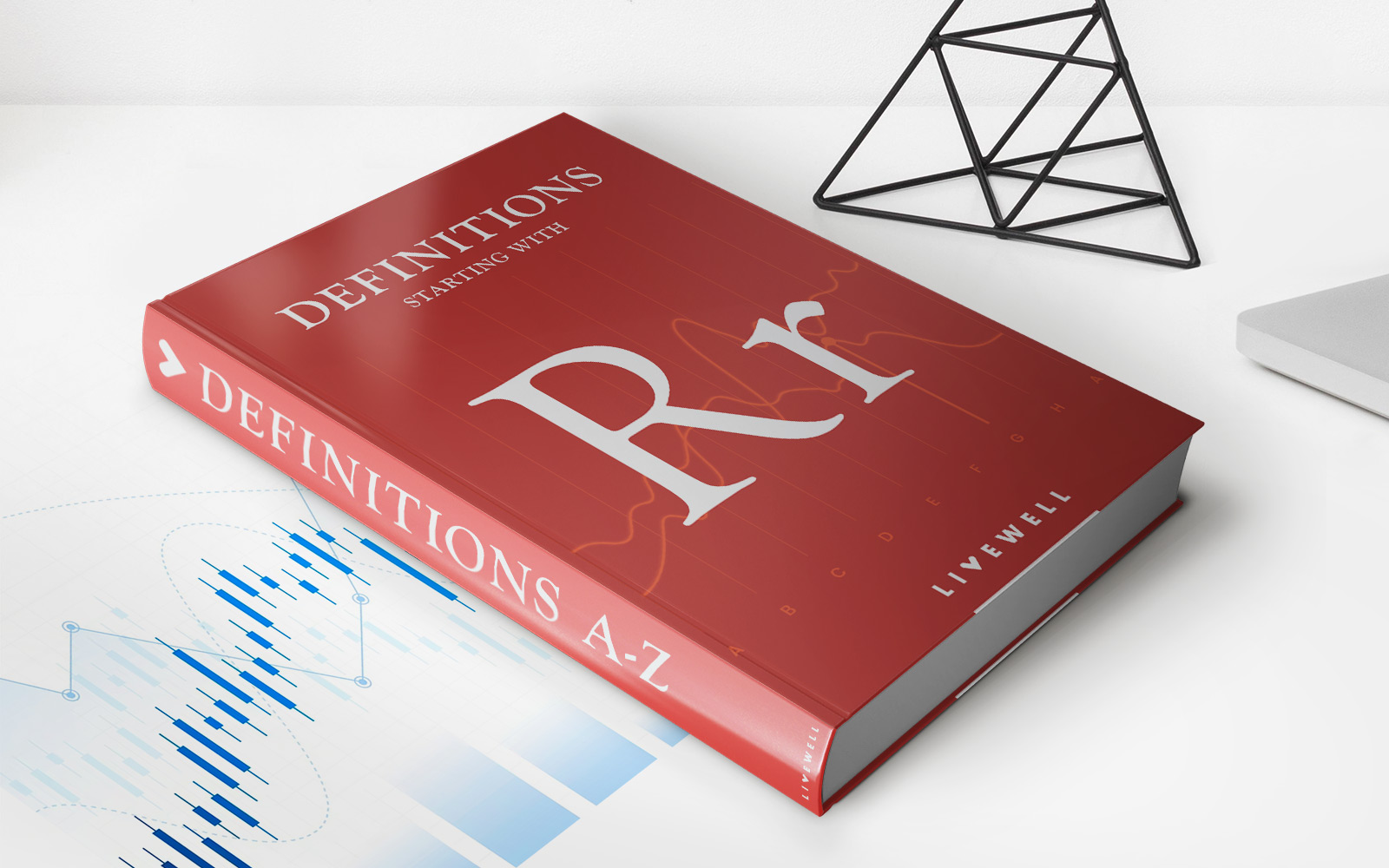Home>Finance>Adjusted Net Asset Method: Definition And Uses In Valuation


Finance
Adjusted Net Asset Method: Definition And Uses In Valuation
Modified: October 10, 2023
Learn the definition and uses of the Adjusted Net Asset Method in finance valuation. Gain insights into assessing business worth using this method.
(Many of the links in this article redirect to a specific reviewed product. Your purchase of these products through affiliate links helps to generate commission for LiveWell, at no extra cost. Learn more)
Understanding the Adjusted Net Asset Method: Definition and Uses in Valuation
When it comes to valuing a company or business, there are several methods that can be used. One such method is the Adjusted Net Asset Method. In this blog post, we will explore what the Adjusted Net Asset Method is, its definition, and its uses in valuation.
Key Takeaways:
- The Adjusted Net Asset Method is a valuation technique that calculates the value of a company based on its net assets after adjustments.
- This method is commonly used when valuing companies that have significant tangible assets, such as real estate or machinery.
So, what exactly is the Adjusted Net Asset Method? In simple terms, it is a way to determine the value of a company by considering its net assets, which are the assets minus the liabilities. However, unlike other valuation methods that rely solely on the net asset value, the Adjusted Net Asset Method takes into account certain adjustments.
The adjustment factor in the Adjusted Net Asset Method accounts for various factors that affect the company’s value, such as market conditions, industry trends, and potential growth opportunities. These adjustments are made to reflect a more accurate picture of the company’s true value.
Now, let’s take a closer look at some of the uses of the Adjusted Net Asset Method in valuation:
1. Valuing Distressed Companies:
When a company is facing financial distress or bankruptcy, the Adjusted Net Asset Method is often used to determine its salvage or liquidation value. By considering the company’s tangible assets and making necessary adjustments, stakeholders can get a realistic estimate of what the company’s assets would be worth if it were to be sold in its current state.
2. Evaluating Investment Opportunities:
The Adjusted Net Asset Method can also be used to evaluate investment opportunities in industries that heavily rely on tangible assets. By assessing the net asset value and making necessary adjustments, investors can gauge the potential return on investment and make informed decisions regarding potential acquisitions or investments.
In conclusion, the Adjusted Net Asset Method is a valuable tool for valuing companies and businesses, especially those with significant tangible assets. By considering the net assets and making necessary adjustments, stakeholders can obtain a more accurate picture of the company’s true value in various scenarios, such as distress situations or investment opportunities.
Remember, when it comes to company valuation, it’s essential to consider multiple methods and consult with professionals to ensure you get an accurate assessment of a company’s worth. The Adjusted Net Asset Method is just one approach in the valuation toolkit, but it can provide valuable insights for decision-making.














